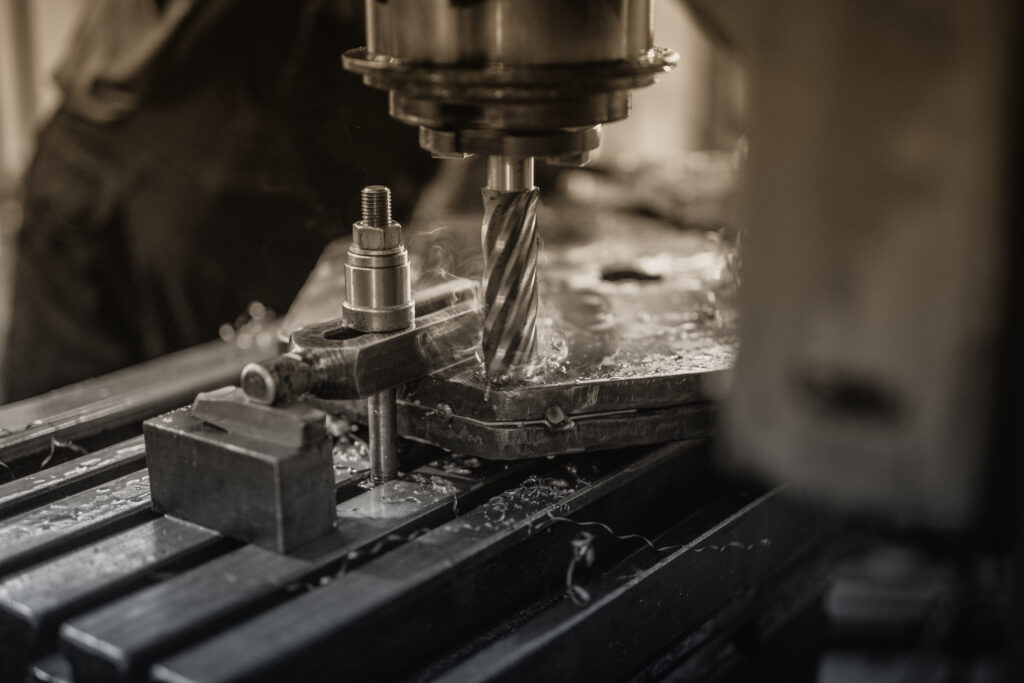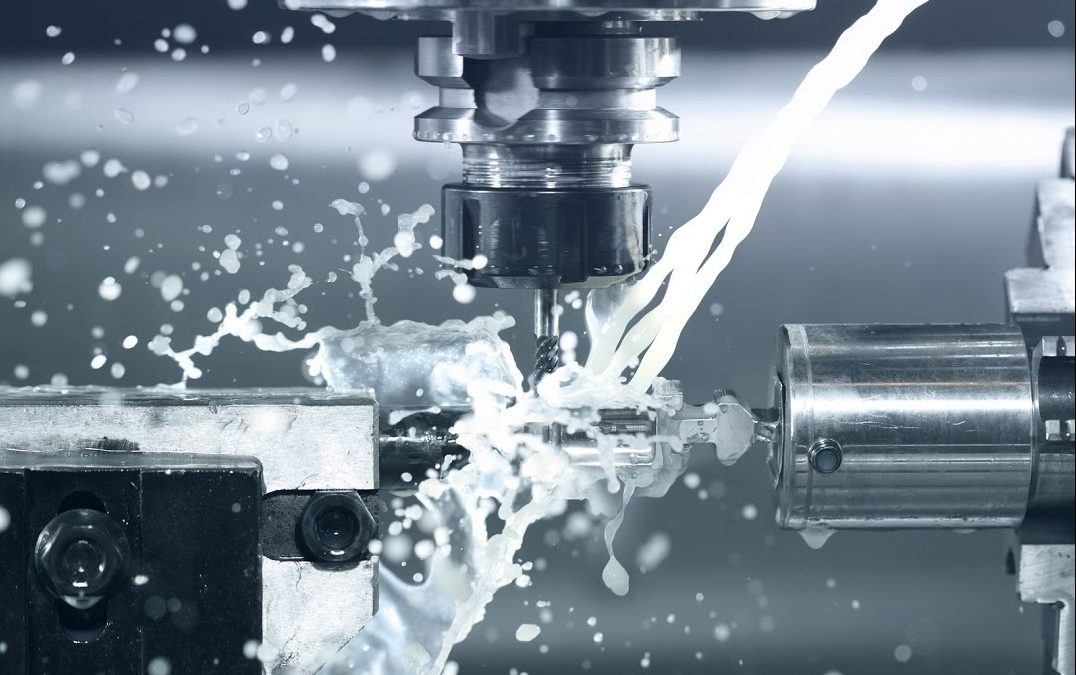Operating an asphalt milling machine can be a challenging task, but with the right knowledge and guidance, it can also be incredibly rewarding. This guide is designed to help you understand how to operate an asphalt milling machine effectively, safely, and efficiently. Whether youre an experienced professional in the construction industry or new to heavy machinery, this comprehensive article will give you the confidence to handle the job.Understanding the Basics

1. Introduction to Asphalt Milling Machines
Asphalt milling machines, also known as cold planers, are essential pieces of equipment used to remove the surface layer of roads, parking lots, or other paved areas. They grind and remove asphalt, making them crucial in road maintenance and resurfacing projects.
2. Key Components of an Asphalt Milling Machine
a. Drum
The drum is the heart of the milling machine, rotating and housing the cutting teeth that grind the asphalt.
b. Cutting Teeth
These are attached to the drum and are responsible for breaking up the asphalt.
c. Conveyor System
The conveyor transports the milled asphalt to a dump truck or a stockpile.
d. Control Panel
The control panel is where the operator manages the machines functions and movements.
3. Pre-Operational Checks
a. Safety Gear
Ensure all operators wear appropriate safety gear, including helmets, gloves, and safety goggles.
b. Equipment Inspection
Check all components, including the drum, cutting teeth, and conveyor system, for any signs of wear or damage.
4. Starting the Machine
Start the milling machine according to the manufacturers instructions. Typically, this involves turning on the engine and allowing it to reach operating temperature.
5. Setting the Cutting Depth
The cutting depth determines how much asphalt will be removed. Adjust the settings according to project requirements. Shallow cuts are suitable for minor repairs, while deeper cuts may be necessary for extensive resurfacing.
6. Operating the Machine
a. Positioning
Position the machine at the starting point. Ensure the machine is aligned correctly to avoid overlap during passes.
b. Movement
Engage the milling drum and move the machine forward. Keep an eye on the control panel to monitor the cutting depth and machine performance.
7. Monitoring and Adjustments
Constantly monitor the machines performance. Make necessary adjustments to the speed, cutting depth, and other parameters to ensure efficient operation.
8. Safety Considerations
Safety is paramount when operating heavy machinery. Always be aware of your surroundings, and follow safety procedures to prevent accidents. If youre working in a busy area, use barriers and signs to alert pedestrians and other vehicles.
9. Maintenance and Care
a. Cleaning
After use, thoroughly clean the machine to remove debris and asphalt build-up.
b. Regular Maintenance
Perform regular maintenance as per the manufacturers guidelines. Regular checks and servicing prolong the machines lifespan and ensure efficient operation.
10. Troubleshooting Common Issues
a. Unusual Noises
If you hear unusual noises, stop the machine immediately and inspect it for issues.
b. Poor Performance
If the machine is not performing well, check for dull cutting teeth or issues with the drum.
11. Training and Certification
Ensure all operators are trained and certified to operate the milling machine. Proper training is crucial for safety and efficiency.
12. Advanced Techniques
Once youre comfortable with the basics, you can explore advanced techniques such as precision milling and using specialized attachments.
Conclusion
Operating an asphalt milling machine requires skill, knowledge, and attention to detail. By following the guidelines in this guide, you can ensure that youre operating the machine safely and efficiently. Whether youre resurfacing a highway or repairing a parking lot, the right approach will lead to a successful project. For more details on operation techniques, visit this engineering article.

FAQs
1. What training is required to operate an asphalt milling machine?
Proper training from a certified institution is essential. Operators need to understand the machines functions, safety protocols, and operational techniques.
2. How often should maintenance be performed?
Regular maintenance should be performed according to the manufacturers guidelines. Typically, this includes daily checks, weekly inspections, and monthly servicing.
3. What are common issues encountered during operation?
Common issues include unusual noises, poor performance, and wear and tear on cutting teeth. Proper maintenance and regular checks can mitigate most problems.
For more insights into milling machines, check out our high-speed genetic analysis, semiconductor manufacturing, and semiconductor wafer polishing guides for more industrial insights.
